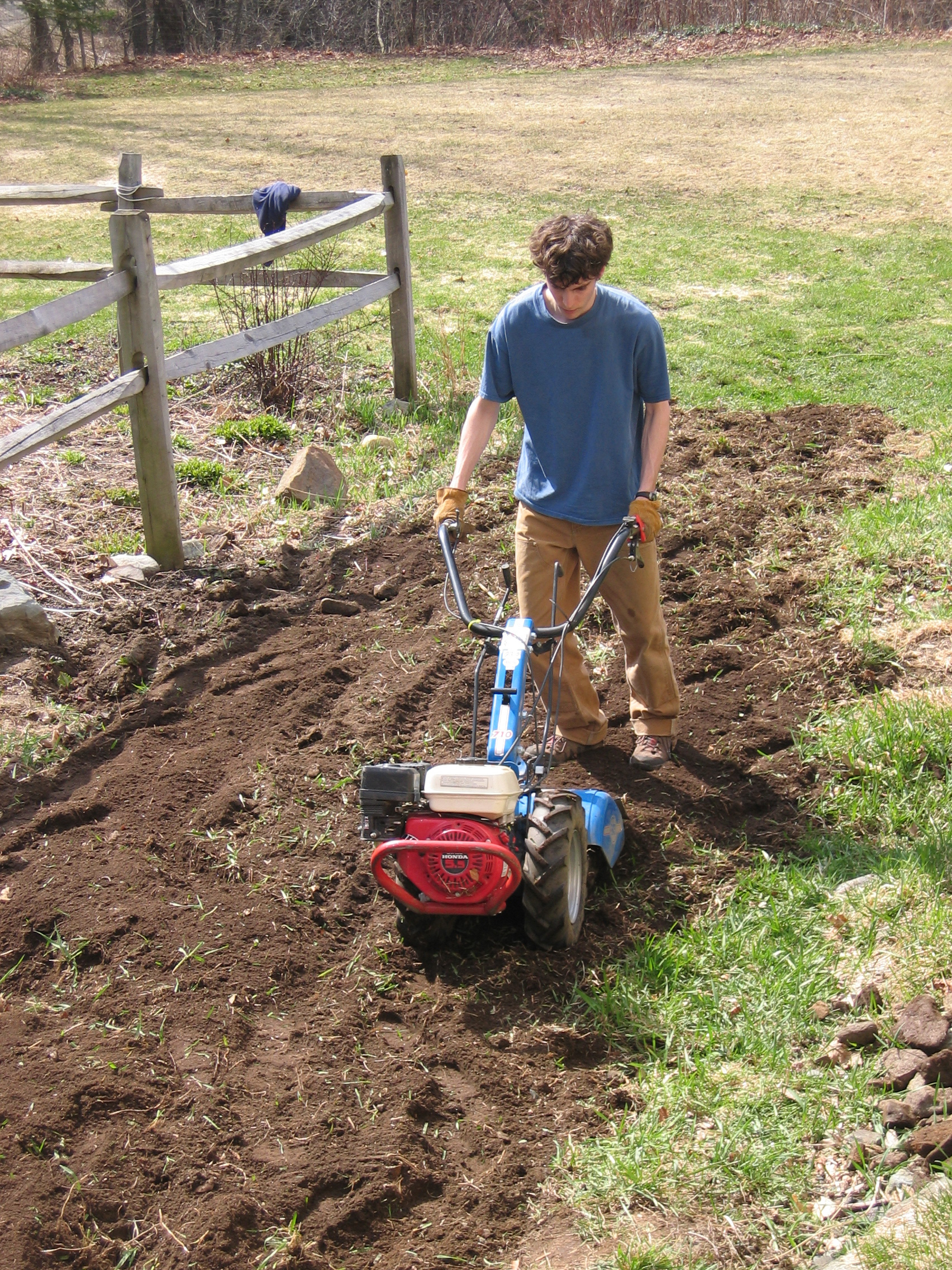Pests of all kinds plague plants relentlessly throughout the summer season. Many gardeners would rather not turn to chemicals as a solution.
One option is soil solarization — a fancy term for a simple way to combat plant diseases, insects and weeds when the weather warms.
The method requires stretching transparent plastic sheeting over moist, tilled soil during the warmest and sunniest months of the year. As the clear plastic traps the heat of the sun, it changes the soil in physical, chemical and biological ways.
Under plastic sheeting, the top few inches of soil can be as much as 20 degrees warmer than uncovered soil, said Dan McGrath, Oregon State University Extension crop scientist. In this extra-warm environment, disease-causing organisms tend to flounder while more heat-tolerant beneficial microbe species increase in numbers. The heat also eliminates some types of pests, weed seeds and seedlings.
In the home garden, try solarization on one garden bed a year. This is similar to what farmers call summer fallow rotation, McGrath said. Success will depend on the intensity of sunlight, soil moisture, weather and length of time the plastic is left on the soil. Since the process kills diseases, pests and weeds down to a depth of only 12-18 inches, it’s best for shallow-rooted plants like vegetables, annuals and turf grasses. Take care when planting not to mix up the soil from lower layers.
July is a good month to start a solarizing project because the heating power of the sun is at its peak. Keep the plastic on about two months to ensure that enough heat works for an adequate time.
You will need a roll of plastic sheeting large enough to cover the bed plus about 1½ feet extra around all sides. Thin plastic works better than thick and you don’t need UV-resistant plastic.
Remove or mow down the weeds in the area you want to cover. Rake the loose plant debris after mowing. This is the best time to add amendments such as lime, compost or fertilizer.
Rototill the soil and amendments. Break up large clods and work in any loose plant debris. Rake the surface of the bed as smoothly as possible to ensure close contact of the plastic against the soil. Dig a trench all around the edge of the bed about 6 to 8 inches deep. Move any unbroken clods of soil outside the raised bed.
When the garden surface is smooth, place a soaker hose or sprinkler up and down the bed and soak the soil for three or four hours until wet to a depth of at least a foot. Moist soil responds well to the process because water conducts heat, McGrath said. The moisture also tends to activate soil pathogens, making them more susceptible to the heat.
Finally, cut a piece of plastic the size of the bed, plus 1½ feet around. Put the plastic over the bed and pull it tight and then anchor it snugly by weighing the edges down in the surrounding trench with dirt clods, rocks or bricks.
After 8-10 weeks, remove the plastic and plant a cover crop such as fava bean or Austrian winter pea or leave the plastic on until spring. Or plant crops and use the plastic sheeting as mulch. Just cut small Xs in the plastic and plant starts.

